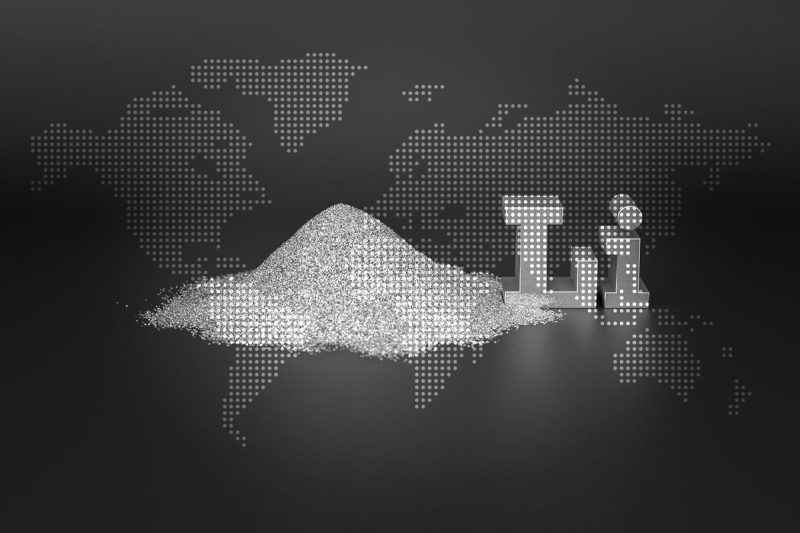The world’s reliance on lithium as a primary resource for various industries, especially in the manufacturing of batteries for electric vehicles, has resulted in its increased demand globally. As of 2024, the ranking of the top four countries with the largest lithium reserves sees interesting shifts that reflect their strategic importance in the energy sector.
Ranking at the number one spot is Bolivia, boasting an enormous reserve of lithium estimated to be about 21 million metric tons. These lithium reserves are located in the salt flats of the Salar de Uyuni. Regardless of the size of the reserves, progress in lithium extraction remains relatively slow due to Bolivia’s political instability and inadequate technology to maximize potential returns. Nonetheless, Bolivia’s lithium reserves are integral to meeting the global demand for lithium.
Coming at second place is Argentina, mainly in the North-Western provinces within the salt flats. Argentina’s lithium reserves, estimated to be around 17 million metric tons, are primarily located in the lithium triangle shared with Chile and Bolivia. Despite its rich lithium reserves, Argentina faces several environmental and Indigenous rights conflicts that affect its rate of lithium extraction and production. Argentina’s lithium industry is striving for more innovative and sustainable extraction methods.
Positioned at third is Chile, with about 9 million metric tons of lithium reserves located in the Salar de Atacama. Chile’s lithium production has contributed significantly to its economy, making it a major player in global lithium exports. However, water scarcity issues confronting the Atacama Desert pose a considerable challenge to Chile’s lithium extraction activities. Chile’s government has been proactive, implementing regulations to manage water use and limit environmental impact.
Lastly, Australia occupies the fourth spot, with lithium reserves approximately 6.3 million metric tons. Australia’s lithium is found in hard-rock deposits and is primarily located in Greenbushes, Western Australia, home to the world’s largest operational lithium mine. Given Australia’s political stability and advanced mining infrastructure, it currently leads the world in lithium production, despite having fewer reserves than other top countries.
In summary, Bolivia, Argentina, Chile, and Australia are the top four largest lithium reserves by country as of 2024. The global push towards renewable energy has made these reserves of increasing importance, albeit challenges regarding environmental concerns, indigenous rights, and political instability have to be confronted to optimize lithium extraction and production. As the thirst for lithium continues to rise, established and emerging technologies play a pivotal role in keeping these countries at the forefront of the lithium industry while ensuring sustainable and responsible mining.
